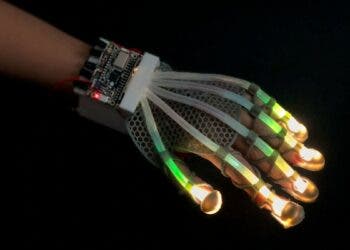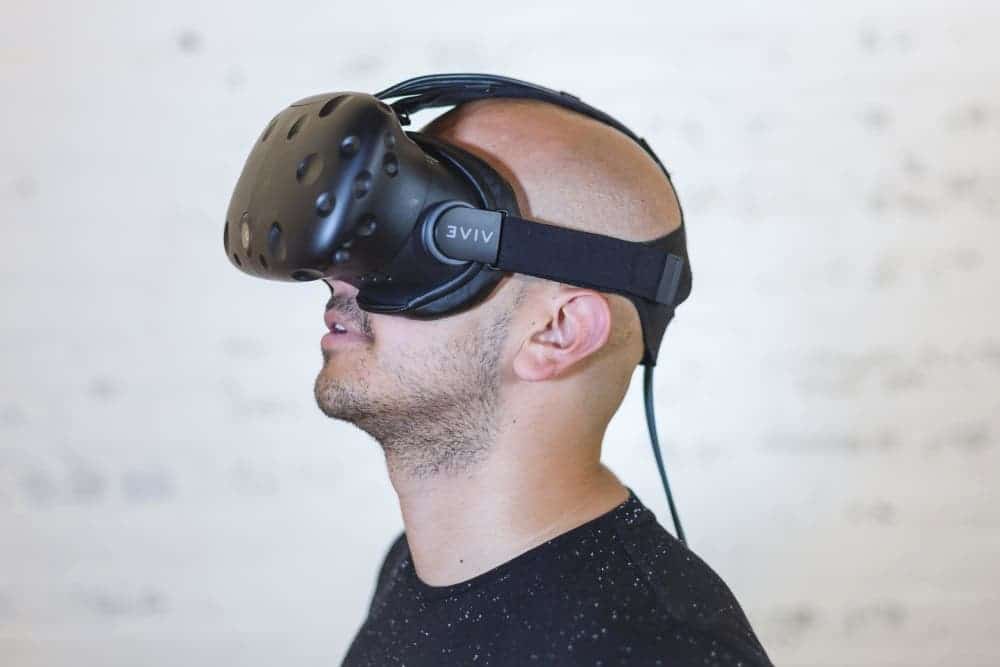Upon acquiring virtual technology company Oculus, Facebook CEO Mark Zuckerberg predicted that virtual reality technology would one day permeate areas of life further than just the world of gaming, and we would ‘someday [use virtual reality] to enjoy a courtside seat at a basketball game, study in a classroom, consult with a doctor face-to-face or shop in a virtual store’. It’s true – the creation of immersive, virtual environments does indeed have masses of potential for industries which beforehand, were seemingly incongruous with such technology. Social psychology, the study of human experience and behaviour, is one of them.

For decades, the world of psychology has struggled to maintain the balance between a fundamental trade-off in research: realism vs control. Realistic, immersive experiments are fantastic for engaging participants, allowing them to act as natural as possible and to therefore gaining results that accurately represent real life. However, to achieve this vivid realism, social psychologists often have to incur massive costs and more crucially, sacrifice the amount of control they have over the experiment. In more realistic experiments, such as ones in the field, a wealth of other factors can enter the mix that cannot be controlled for, but could affect the behaviour, meaning uncertainty can be cast over any conclusions drawn.
Historically, in the face of this dilemma, researchers have turned to laboratory experiments and questionnaires. Yet these methodologies are arguably less compelling. The participants are aware that their behaviours are being monitored, and this can lead to distortions of the behaviour they would usually exhibit, and it reduces how far psychologists can generalise their results. How can psychologists make accurate conclusions about naturally-occurring behaviour when their data is being corrupted by participant self-consciousness?
Enter: Oculus Rift. With reports suggesting that the virtual experience of Oculus technology provides a fully real sensation for the user, researchers could potentially get the best of both worlds: a sense of realism combined with full control. But how does this work? Well, putting on an Oculus Rift headset replaces your field of vision with a digital image. When you turn your head to the left, the technology recognizes this movement and shift in orientation, and replicates them in the virtual environment. It’s quite literally like you are entering a virtual world, and reportedly, the experience is every bit as vivid as real life. Take this account:
“It looks like and feels like I’m getting a ride to the top of the wall, though I haven’t moved. No matter which way I turn my head, I see snow-capped mountains. Oh, my God. Wow. I am looking out over a frozen field. This is truly an incredible experience. When I reach the top of the wall, the ground below feels as if it’s moving like a conveyor belt taking me to the edge of the wall. I see soldiers coming up in the snow holding torches. Oh my God. And fiery arrows – ah – I’ve been hit by a fiery arrow. Oh, my God. Whoa. Fortunately, it didn’t hurt. But it sure looked real.”
Although this sounds like something out of Inception, the potential of crafting intricate, controlled environments without sacrificing this vivid sense of realism is vast; the realism vs control trade-off could be completely wiped out. Researchers could build virtual environments designed specifically to study the behaviour that they want to research. Hospitals, train stations, work offices, the environments they could create could are theoretically infinite. All while maintaining the level of control which they need to ensure valid, reliable results. If participants are engaging with the virtual environment in the same manner as they would in real life, researchers can use these constructed environments to draw conclusions about behaviour that are far more accurate than any behaviour studies in a University laboratory.
Virtual reality also opens up new doors for experimental replication. If virtual reality technology progresses in the way it has done, it could mean in the future, a psychologist could send the exact experimental set up to another psychologist on the other side of the world, who could then download this experiment and perform a perfect replication at their laboratory. Using virtual reality technology, we could replicate and extend experiments without having the worry about issues such as missing information or small, environmental differences in the laboratories; it would be all there ready for us to use at the touch of a button.
Virtual reality technology has the potential to overhaul social psychology and the way we carry out experiments. It could, if utilised creatively and correctly, propel our knowledge of even basic human behaviour far further than any of us can currently comprehend. What’s more, as virtual reality technology advances and evolves, it is likely that its uses in science and the study of human behaviour will, too. The world of psychology has long been in the dark over the benefits of correctly implemented technology, but this time round, the illumination that virtual reality can provide to our understanding of fundamental human behaviour just cannot be ignored.
References
Associated Press. (2014, March 25). Facebook buys virtual reality co. Oculus for $2B. National Public Radio.
Sydell, L. (2014, March 16). Goggles bring virtual reality closer to your living room. National Public Radio. Retrieved from http://www.npr.org






